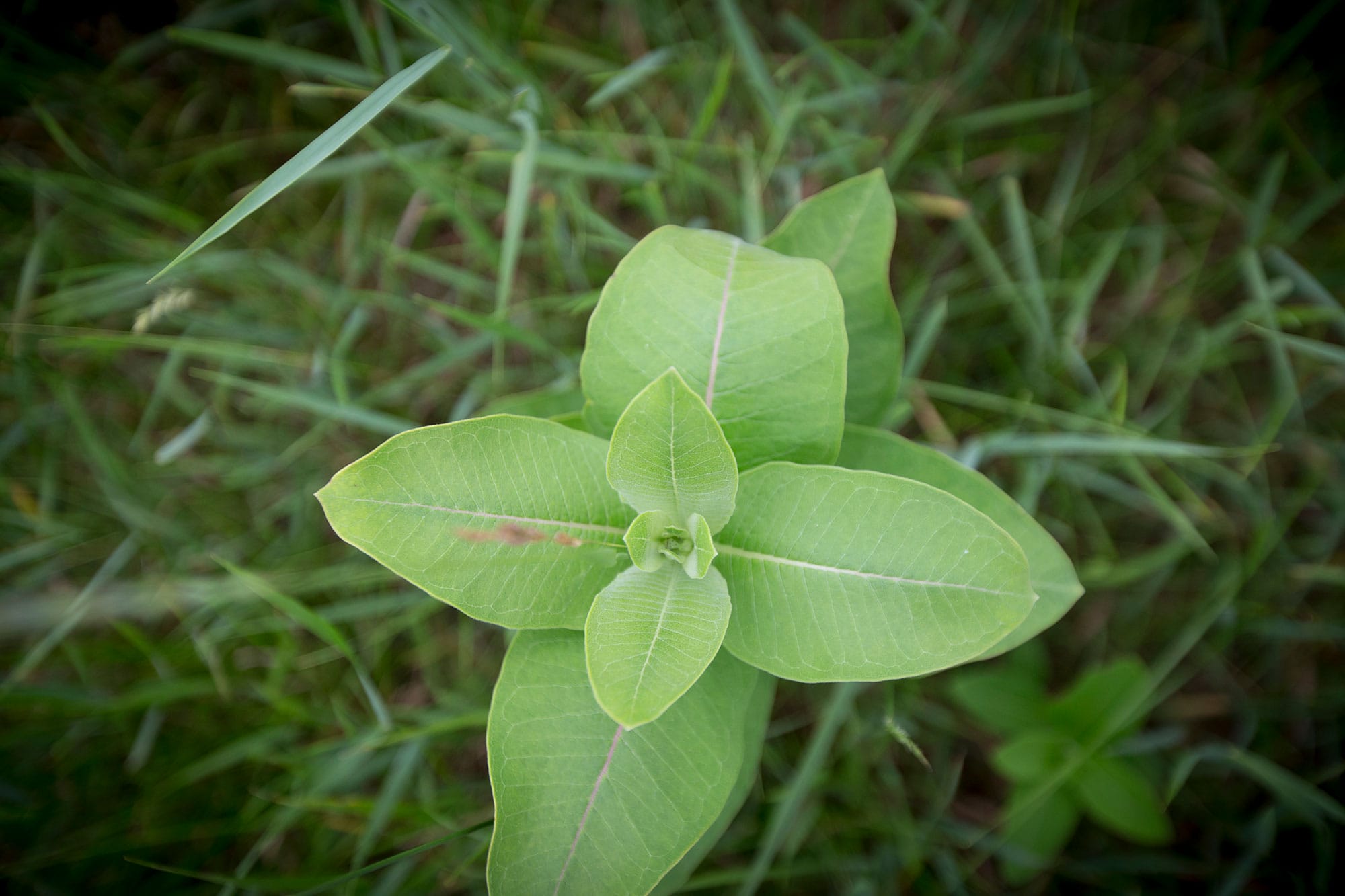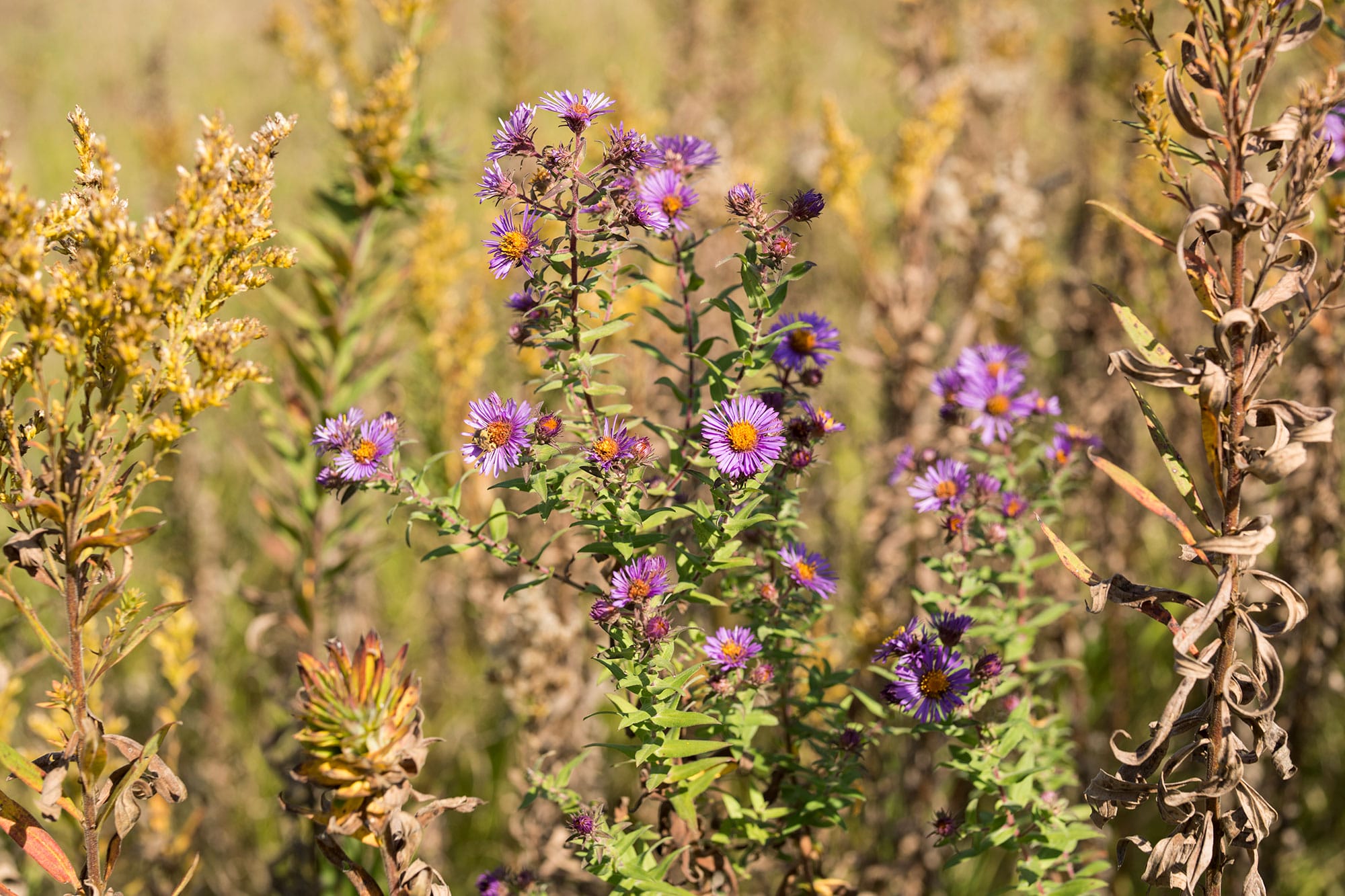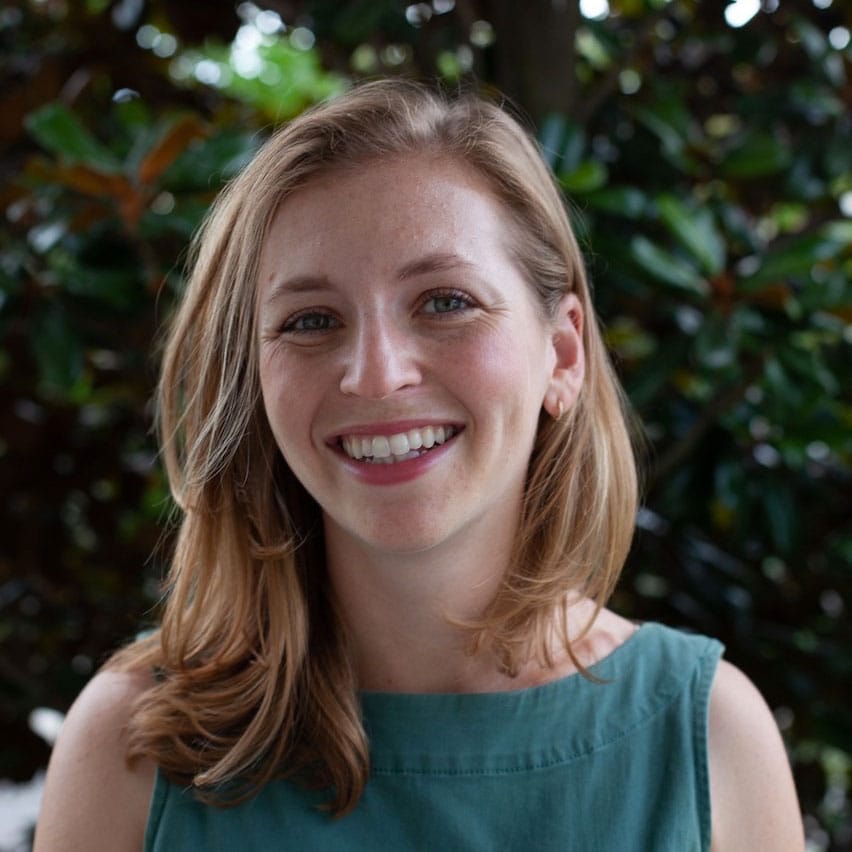Lawns to Legumes
What We’re Doing
Creating essential habitat for threatened pollinator species
Our Goal
Build pollinator-friendly and native ecosystems across Brooklyn Center
Applicants can receive up to $750 for reimbursement of eligible expenses associated with their project. Participants are required to match 10%. This can be in the form of in-kind time spent on coordination and installation of the project. Program participants must agree to maintain their project for a minimum of 5 years.
In addition to funding, applicants will receive technical assistance for site preparations, seed mix and planting design, spacing, and species recommendations.
Acceptable Expenses:
· On-site consultation from a landscape designer or contractor (up to $75)*
· Landscape Designs (not to exceed $175 for both onsite and design or more than half the grant funding)*
· Plant delivery fees
· Site preparation (sod removal, tilling, weed control), plants, seeds, weed suppression papers, wood mulch, seed and plant installation, and maintenance of projects through grant period
· Native plants (BEE certain that they are NATIVE and not cultivars). See suggestions of approved native plantings
· Mulch for Lawns to Legumes project
*Applicants will be paired with a master gardener volunteer who will provide free on-site consultant and aid in landscape designs.
There are four types of planting options. Projects should incorporate 3 flowering plants during each bloom period (spring, summer, and fall).


- Virginia Bluebells
- Blazingstars
- Wild White Indigo
- Milkweeds
- Goldenrods
- Beebalms
- Beardtongues
- Red Columbine
- Asters
- Hyssop
- Wild Currant
- Serviceberry
- Buttonbush
- Dwarf Bush Honeysuckle
- Plums and Cherries
- Willows
- Spiraea
- American Basswood
- Lead Plant
- Cranberry
- Clover mix
- Wild strawberry
- Violet
- Blue Grama
-
Once approved, before the project begins:
- Sign Landowner Agreement
- Take and submit “before” photos
- Participate in a site visit and pre-planting workshops
- Submit a preliminary budget and design by email to anna.callahan@tpl.org
During the project:
- Take “during” photos
- Track your volunteer time using the Hours Log. You will need to submit this along with project expenses and receipts using the Resident Report Form once the project is complete. If you need to be reimbursed while working on your project, please email to anna.callahan@tpl.org
After the project is completed:
- Take a photo of the completed project!
- Submit your time, expenses, receipts, and photos using the Resident Report Form
- Program participants are asked to maintain their project for a minimum of 5 years
- Install the Lawns to Legumes sign at a publicly visible and mutually selected location to build awareness of the project. Each program participant will receive a sign
-
My application wasn’t selected but I still want to create a pollinator habitat. How can I do that?
Individuals can apply for $350 in Lawns to Legumes funding through Blue Thumb. You can find the application information on the Blue Thumb’s website. Depending on available funding, there may be a second cohort selected in Fall 2023.
Individuals interested in moving forward with projects on their own are encouraged to utilize the online resources provided by the Minnesota Board of Water and Soil Resources specifically designed for pollinator habitats in residential settings. The Planting for Pollinators Habitat Guide goes into detail about different planting types, site preparation, and maintenance.
Additional questions? Email Anna.Callahan@tpl.org.
-
Learn more about the Lawns to Legumes program.
Explore before applying:
- Blue Thumb’s Online Learning Series
- BWSR’s Planting for Pollinator’s Guide
- Native Plant Nurseries in MN
- BWSR’s Pollinator Toolbox
- Care Guide for Lawns to Legumes Planting
Applicant Resources:
-
Application Timeline
April 1, 2023: Application opens
May 1, 2023: Application for Cohort 1 Closes
End of May 2023: Site Visits and Applicants Selected/Notified
Early June 2023: Cohort Workshop—Introduction, Habitat Design, and Budgeting
June 30: Preliminary Budgets and Designs Due
July & August: Plantings
End of Summer/Early Fall: Workshop—Planting/Wrap-up
2610 University Avenue
Suite 300
St. Paul, MN, 55114
(651) 760-0179
minnesota@tpl.org
651-999-5304
sophie.vorhoff@tpl.org



